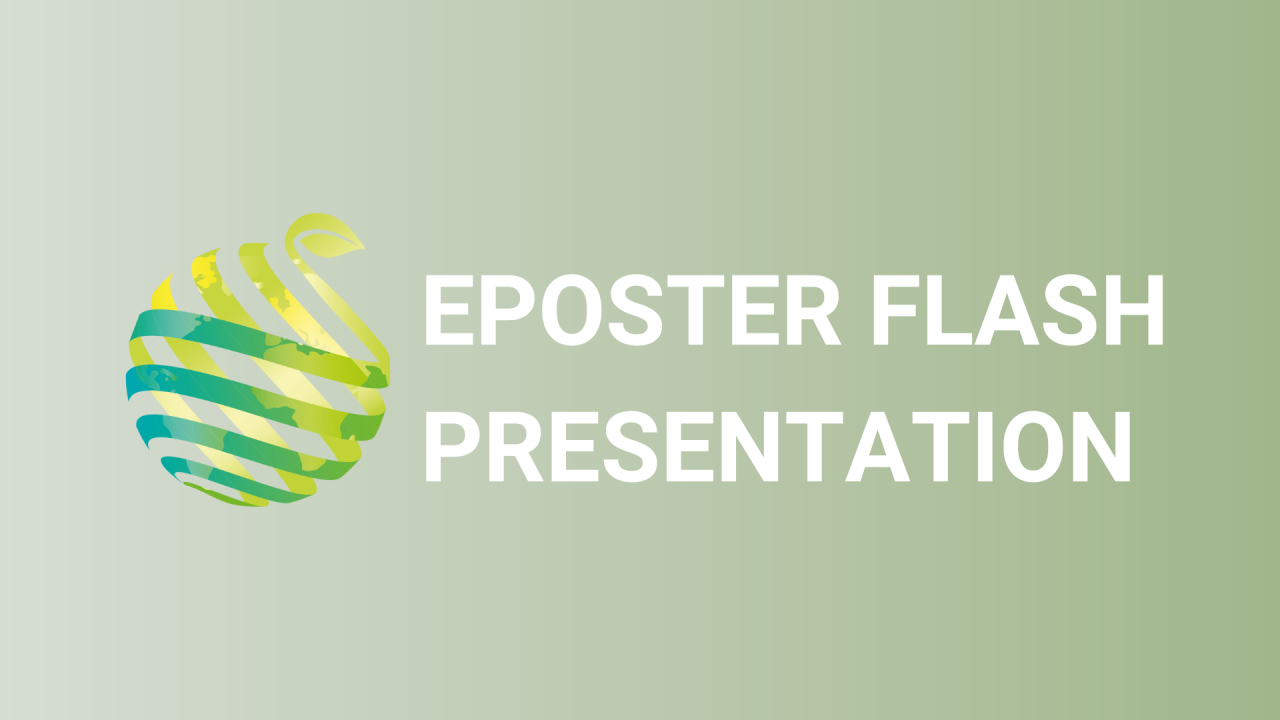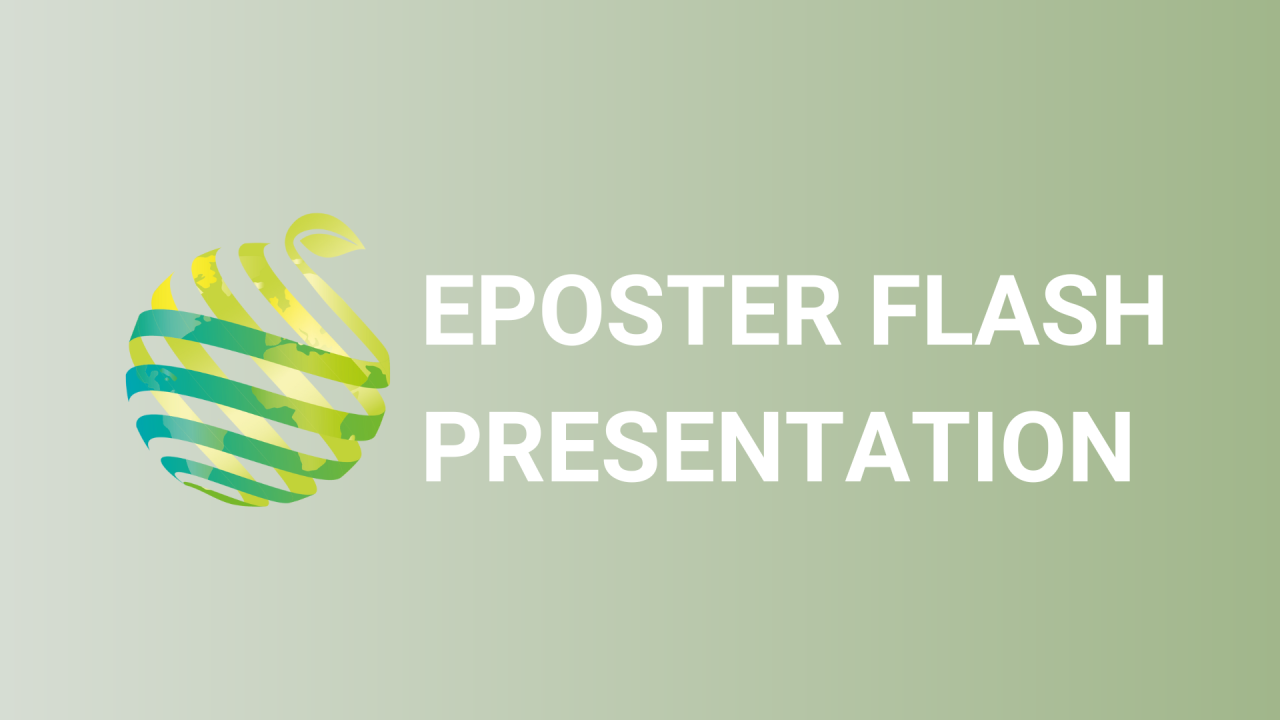

S15 - Session P3 - King oyster mushroom production in axenic blocks supplemented with brewery residue
Information
Authors: Gabriel Dias de Oliveira *, G. L. Jesus, R. S. A. Silva, Francine Lorena Cuquel
Consumers' search for tasteful and healthy food led to an increase in mushroom consumption, among those is the king oyster mushroom ( Pleurotus erynguii ). The use of forest residues, agricultures, and agro-industry as raw materials to produce edible mushrooms has been sustainable because it recycles waste. The malt bagasse (MB) is a potential raw material for this, being an abundant residue from the brewing industry that might cause environmental impacts if incorrectly disposed. Nevertheless, it is scarce studies on king oyster mushrooms production utilizing this waste. The goal of this study was to evaluate the king oyster mushroom cultivated in axenic blocks containing Eucalyptus urograndis sawdust and MB in the proportions 0, 10, 15, 20, 25 e 30% of fresh weight. The axenic blocks were prepared and sterilized in an autoclave for 90 minutes at 121°C. Then, they were inoculated with king oyster mushroom spawn, at 5% of the block weight. Colonization time (CT), productivity (P), number of mushrooms harvested (N), and biological efficiency (BE%) were evaluated. Results obtained showed the potential of the MB for the mushroom industry, although they were not more productive than the usual block composition. This indicates that further studies are necessary to evolve the use of brewery waste in the production of profitable food with high nutritional value. Furthermore, using agricultural wastes to cultivate edible mushrooms is of particular interest to the industry because it broadens the available production alternatives. In particular, for to put forward faster mushroom growth, high yields, and have lower costs in regions where the traditional materials for cultivating this species are not readily available.